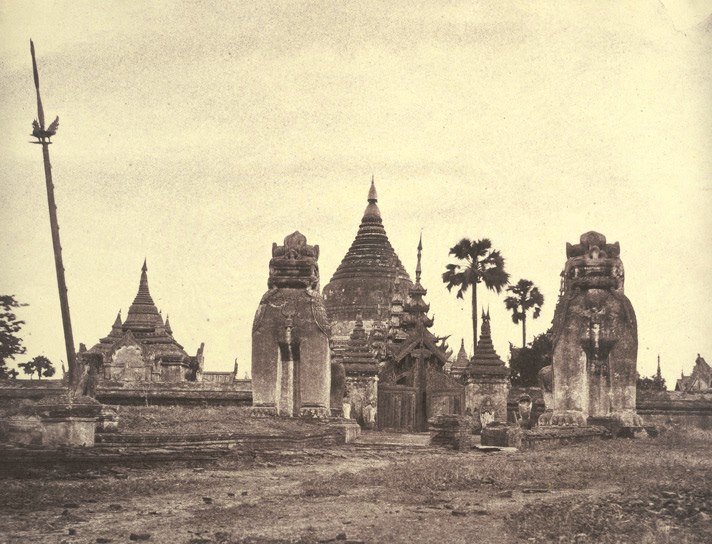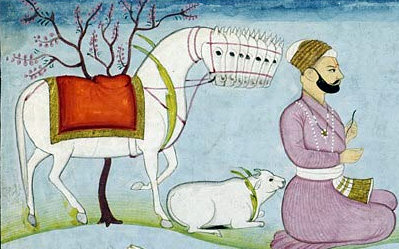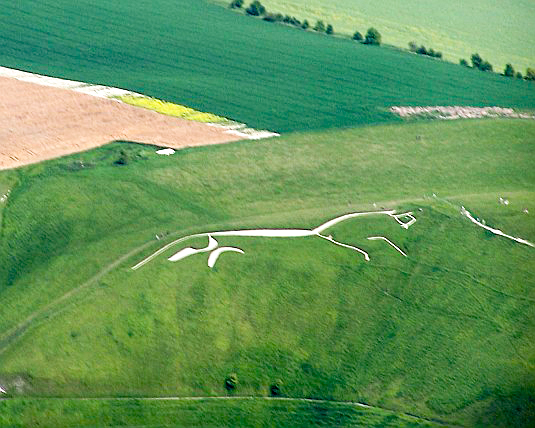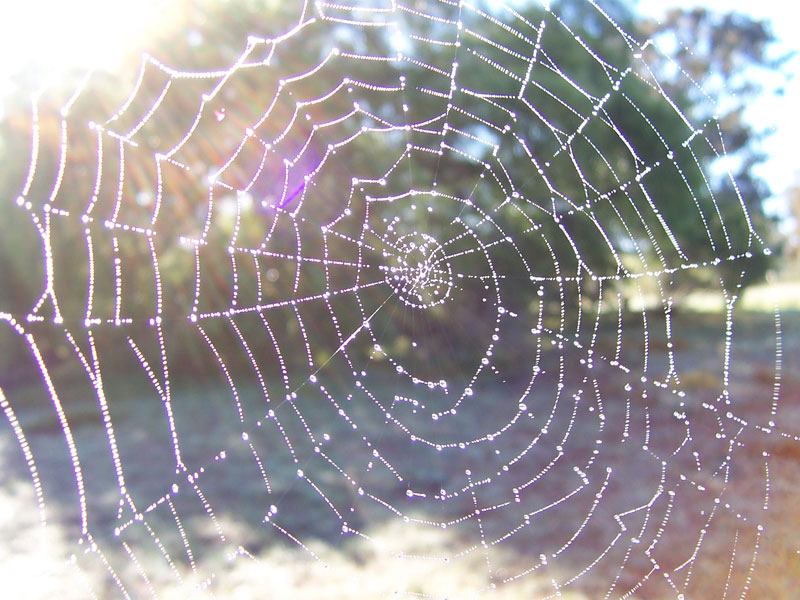|
Thagyamin
Thagyamin (, ; from Sanskrit , ) is the highest-ranking Nat (deity), nat (deity) in traditional Buddhism in Myanmar, Burmese Buddhist belief. Considered as the king of Heaven, he is the Burmese adaptation of the Hindu deities Indra. Etymology Thagyamin () is derived from the combination of the Sanskrit word "Śakra (Buddhism), Shakra" (शक्र; a synonym of Indra) and the Burmese language, Burmese word "Min" (; a common title meaning Lord/King). He is also known by his nickname ''U Magha'' () derived from his preexistential name. Description Thagyamin is often portrayed as holding a conch shell in one hand, and a yak-tail fly-whisk in the other, and seated or standing atop a three-headed white elephant (Airavata). He is described as the ruler of the celestial kingdom Trāyastriṃśa (). He was designated as the supreme deity of the official pantheon of 37 ''ahtet nat'' (အထက်နတ်, upper deities) by King Anawrahta in the 11th century, in an effort to streaml ... [...More Info...] [...Related Items...] OR: [Wikipedia] [Google] [Baidu] |
Nat (spirit)
The nats (; MLC Transcription System, MLCTS: ''nat''; ) are god-like spirits venerated in Myanmar and neighbouring countries in conjunction with Buddhism. They are divided between the 37 ''Great Nats'' who were given that status by Anawrahta, King Anawrahta when he formalized the official list of nats. Most of the 37 ''Great Nats'' were human beings who met violent deaths. There are two types of ''nats'' in Burmese Belief: ''nat sein'' () which are humans that were deified after their deaths and all other nats which are spirits of nature (spirits of water, trees etc.). Much like sainthood, ''nats'' can be designated for a variety of reasons, including those only known in certain regions in Burma. ''Nat'' worship is less common in urban areas than in rural areas and is practised among List of ethnic groups in Myanmar, ethnic minorities of Myanmar as well as in mainstream Bamar people, Bamar society. However, it is among the Theravada, Theravada Buddhist Bamar that the most highly ... [...More Info...] [...Related Items...] OR: [Wikipedia] [Google] [Baidu] |
Shwezigon Pagoda
The royal Shwezigon Pagoda or Shwezigon Paya ( my-Mymr, ရွှေစည်းခုံဘုရား ) is a Buddhist stupa located in Nyaung-U, Myanmar. A prototype of Burmese stupas, it consists of a circular gold leaf-gilded stupa surrounded by smaller temples and shrines. Construction of the Shwezigon Pagoda began during the reign of King Anawrahta (r. 1044–1077), the founder of the Pagan Empire, in 1059–1060 and was completed in 1102, during the reign of his son King Kyansittha. Over the centuries the pagoda had been damaged by many earthquakes and other natural calamities, and has been refurbished several times. In recent renovations it has been covered by more than 30,000 copper plates. However, the lowest level terraces have remained as they were. This pagoda, a sacred Buddhist religious place, is believed to enshrine a bone and tooth of Gautama Buddha.Some believe it is a replica of the Tooth Relic sent as a gift by the King of Sri Lanka. The pagoda is in the ... [...More Info...] [...Related Items...] OR: [Wikipedia] [Google] [Baidu] |
Nat (deity)
The nats (; MLCTS: ''nat''; ) are god-like spirits venerated in Myanmar and neighbouring countries in conjunction with Buddhism. They are divided between the 37 ''Great Nats'' who were given that status by King Anawrahta when he formalized the official list of nats. Most of the 37 ''Great Nats'' were human beings who met violent deaths. There are two types of ''nats'' in Burmese Belief: ''nat sein'' () which are humans that were deified after their deaths and all other nats which are spirits of nature (spirits of water, trees etc.). Much like sainthood, ''nats'' can be designated for a variety of reasons, including those only known in certain regions in Burma. ''Nat'' worship is less common in urban areas than in rural areas and is practised among ethnic minorities of Myanmar as well as in mainstream Bamar society. However, it is among the Theravada Buddhist Bamar that the most highly developed form of ceremony and ritual is seen. Every Burmese village has a ''nat kun'' (န ... [...More Info...] [...Related Items...] OR: [Wikipedia] [Google] [Baidu] |
Śakra (Buddhism)
Indra, with the epitaph of Śakra ( ; ) is the ruler of the Trāyastriṃśa Heaven according to Buddhist cosmology. The name Śakra ("powerful") as an epithet of Indra is found in several verses of the Rigveda. Indra is also referred to by the title "Śakra, Lord of the Devas" (Sanskrit: ; Pali: ). In East Asian cultural traditions, Indra Śakra is known as () or () in Chinese, as () in Japanese, as () in Korean, and as () or () in Vietnamese. In Chinese Buddhism, Indra Śakra is sometimes identified with the Taoist Jade Emperor ( , often simplified to ); both share a birthday on the ninth day of the first lunar month of the Chinese calendar (usually in February). The Trāyastriṃśa heaven in which Indra Śakra rules is located on the top of Mount Meru, imagined to be the polar center of the physical world, around which the Sun and Moon revolve. Trāyastriṃśa is the highest of the heavens in direct contact with humankind. Like all deities, Indra Śakra is long-l ... [...More Info...] [...Related Items...] OR: [Wikipedia] [Google] [Baidu] |
Burmese Folk Religion
Burmese folk religion (also known as Nat Worship by locals) refers to the animistic and polytheistic religious worship of '' nats'' (deities of local and Hindu origin) and ancestors in Myanmar (Burma). Although the beliefs of nats differ across different regions and villages in Burma, there are a handful of beliefs that are universal in Burmese folk religion. A nat is a god-like spirit. There are two main types of nats: nat sein (နတ်စိမ်း), which are humans who were deified after their deaths, and all the other nats which are spirits of nature (spirits of water, trees, etc). Nats are usually venerated in shrines called nat kun (နတ်ကွန်း) or nat sin (နတ်စင်). They can be placed anywhere to honor nature spirits (spirit houses) or they may be specialized shrines for particular nats. A village will traditionally also have a spirit which is their local patron; this is called a Bo Bo Gyi. History and origins The precise origins of Burmese ... [...More Info...] [...Related Items...] OR: [Wikipedia] [Google] [Baidu] |
Zeus
Zeus (, ) is the chief deity of the List of Greek deities, Greek pantheon. He is a sky father, sky and thunder god in ancient Greek religion and Greek mythology, mythology, who rules as king of the gods on Mount Olympus. Zeus is the child of Cronus and Rhea (mythology), Rhea, the youngest of his siblings to be born, though sometimes reckoned the eldest as the others required disgorging from Cronus's stomach. In most traditions, he is married to Hera, by whom he is usually said to have fathered Ares, Eileithyia, Hebe (mythology), Hebe, and Hephaestus.Hard 2004p. 79 At the oracle of Dodona, his consort was said to be Dione (Titaness/Oceanid), Dione, by whom the ''Iliad'' states that he fathered Aphrodite. According to the ''Theogony'', Zeus's first wife was Metis (mythology), Metis, by whom he had Athena.Hesiod, ''Theogony'886900 Zeus was also infamous for his erotic escapades. These resulted in many divine and heroic offspring, including Apollo, Artemis, Hermes, Persephone, D ... [...More Info...] [...Related Items...] OR: [Wikipedia] [Google] [Baidu] |
Uchchaihshravas
In Hinduism, Uchchaihshravas (, or , ), () is a seven-headed flying horse, created during the churning of the ocean. It is considered the best of horses, as prototype and king of the horses. Uchchaihshravas is often described as a ''vahana'' of Indra, but is also recorded to be the horse of Bali, the king of the asuras. Uchchaihshravas is said to be snowy white in colour. Literature Mahabharata The ''Mahabharata'' mentions that Uchchaihshravas rose from the Samudra Manthana ("churning of the milk ocean") and Indra—the god-king of heaven—seized it and made it his vehicle (vahana). The stallion rose from the ocean along with other treasures like goddess Lakshmi - the goddess of fortune, who chose Vishnu as her consort, and the amrita - the elixir of life. The legend of Uchchaihshravas, rising from the milk ocean, also appears in the ''Vishnu Purana'', the ''Ramayana'', the ''Matsya Purana'', the ''Vayu Purana'' etc. While various sources list different treasures (''ratna ... [...More Info...] [...Related Items...] OR: [Wikipedia] [Google] [Baidu] |
White Horse (mythology)
White horses have a special significance in the mythologies of cultures around the world. They are often associated with the sun chariot,''The Complete Dictionary of Symbols'' by Jack Tresidder, Chronicle Books, 2005, , page 241Google books copy/ref> with warrior-heroes, with fertility (in both mare and stallion manifestations), or with an end-of-time saviour, but other interpretations exist as well. Both truly white horses and the more common grey horses, with completely white hair coats, were identified as "white" by various religious and cultural traditions. Portrayal in myth From earliest times, white horses have been mythologised as possessing exceptional properties, transcending the normal world by having wings (e.g. Pegasus from Greek mythology), or having horns (the unicorn). As part of its legendary dimension, the white horse in myth may be depicted with seven heads ( Uchaishravas) or eight feet (Sleipnir), sometimes in groups or singly. There are also white horse ... [...More Info...] [...Related Items...] OR: [Wikipedia] [Google] [Baidu] |
Indra's Net
Indra's net (also called Indra's jewels or Indra's pearls, Sanskrit ''Indrajāla'', Chinese: 因陀羅網) is a metaphor used to illustrate the concepts of Śūnyatā (emptiness), pratītyasamutpāda (dependent origination),. and interpenetration in Buddhist philosophy. The metaphor's earliest known reference is found in the Atharva Veda. It was further developed by the Mahayana school in the 3rd century '' Buddhāvataṃsaka Sūtra'' and later by the Huayan school between the 6th and 8th centuries. In the ''Buddhāvataṃsaka Sūtra'' "Indra's net" is an infinitely large net owned by the Vedic deva Indra, which hangs over his palace on Mount Meru, the axis mundi of Buddhist and Hindu cosmology. In East Asian Buddhism, Indra's net is considered as having a multifaceted jewel at each vertex, with each jewel being reflected in all of the other jewels. In the Huayan school of Chinese Buddhism, which follows the ''Buddhāvataṃsaka Sūtra'', the image of "Indra's net" ... [...More Info...] [...Related Items...] OR: [Wikipedia] [Google] [Baidu] |
Jataka Tales
The ''Jātaka'' (Sanskrit for "Birth-Related" or "Birth Stories") are a voluminous body of literature native to the Indian subcontinent which mainly concern the previous births of Gautama Buddha in both human and animal form. Jataka stories were depicted on the railings and torans of the stupas. According to Peter Skilling, this genre is "one of the oldest classes of Buddhist literature."Skilling, Peter (2010). ''Buddhism and Buddhist Literature of South-East Asia,'' pp. 161–162. Some of these texts are also considered great works of literature in their own right.Shaw, Sarah (2006). ''The Jatakas: Birth Stories of Bodhisatta'', p. xxii. Penguin UK. The various Indian Buddhist schools had different collections of jātakas. The largest known collection is the '' Jātakatthavaṇṇanā'' of the Theravada school, as a textual division of the Pāli Canon, included in the '' Khuddaka Nikaya'' of the ''Sutta Pitaka''. In these stories, the future Buddha may appear as a king, an o ... [...More Info...] [...Related Items...] OR: [Wikipedia] [Google] [Baidu] |
Perun
In Slavic paganism, Slavic mythology, Perun () is the highest god of the Pantheon (religion), pantheon and the god of sky, thunder, lightning, storms, rain, law, war, fertility and oak trees. His other attributes were fire, mountains, wind, iris (plant), iris, eagle, firmament (in Indo-European languages, this was joined with the notion of the ''sky of stone''), horses and carts, and weapons (hammer, axe (Axe of Perun), and arrow). The supreme god in the Kievan Rus' during the 9th-10th centuries, Perun was first associated with weapons made of Rock (geology), stone and later with those of metal. Sources Of all historic records describing Slavic gods, those mentioning Perun are the most numerous. As early as the 6th century, he was mentioned in ''De Bello Gothico'', a historical source written by the Byzantine Empire, Eastern Roman historian Procopius. A short note describing beliefs of a certain South Slavic tribe states they ''acknowledge that one god, creator of lightning, ... [...More Info...] [...Related Items...] OR: [Wikipedia] [Google] [Baidu] |
Thor
Thor (from ) is a prominent list of thunder gods, god in Germanic paganism. In Norse mythology, he is a hammer-wielding æsir, god associated with lightning, thunder, storms, sacred trees and groves in Germanic paganism and mythology, sacred groves and trees, Physical strength, strength, the protection of humankind, hallowing, and fertility. Besides Old Norse , the deity occurs in Old English as , in Old Frisian as ', in Old Saxon as ', and in Old High German as , all ultimately stemming from the Proto-Germanic theonym , meaning 'Thunder'. Thor is a prominently mentioned god throughout the recorded history of the Germanic peoples, from the Roman Empire, Roman occupation of regions of , to the Germanic expansions of the Migration Period, to his high popularity during the Viking Age, when, in the face of the process of the Christianization of Scandinavia, emblems of his hammer, , were worn and Norse paganism, Norse pagan personal names containing the name of the god bear witness ... [...More Info...] [...Related Items...] OR: [Wikipedia] [Google] [Baidu] |









